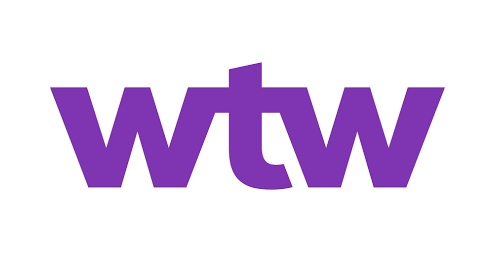According to a recent report from Willis Towers Watson (WTW), just three out of ten aviation executives believe their current strategies will be sufficient to handle the emerging risks facing the industry over the next decade.
The study, which surveyed 130 senior aviation leaders, found that only half feel confident that their existing business models and strategies are resilient enough to address today’s risk landscape. Even fewer—only 30%—believe their strategies will remain effective in the long term.
WTW’s research also reveals a widespread lack of clarity within aviation organisations regarding the nature of emerging risks.
80% of senior decision-makers and 90% of those involved in risk management teams were unable to clearly define what “emerging risk” means for their company.
Nearly half of all respondents were unable to identify their company’s top five emerging risks, underscoring a significant gap in risk awareness.

The report highlights climate change as one of the most pressing concerns for the industry. WTW found that climate-related risks affect not only operational stability and financial performance but also the trust of stakeholders.
Organisations that operate fixed assets such as airports, fuel suppliers, and cargo handlers appear particularly vulnerable to the external risks associated with climate change. Nearly 30% of respondents ranked climate change among their top five emerging risks, and half of the participants expect environmental risks to remain a major concern over the next ten years.
Geopolitical and economic uncertainties were also prominently featured in WTW’s findings. These interconnected risks influence business opportunities and strategic planning across the aviation sector. Issues such as financial shocks, geopolitical instability, shifting government policies, trade sanctions, and economic vulnerabilities were cited as common challenges affecting all aviation businesses.
The report notes that insurance coverage gaps exist in relation to these risks, indicating an unmet demand for risk transfer solutions tailored to economic uncertainties. Geopolitical and economic factors consistently ranked among the top emerging risks across all time horizons and were identified as highly interconnected with other risks.
Cybersecurity remains a critical area of concern for the aviation industry, according to the WTW report, as aviation companies manage critical national infrastructure, they are frequent targets for cybercriminals. 11% of respondents identified cyber risk as the most significant immediate threat, putting it on par with supply chain issues.
Cyber risk is expected to continue being a major challenge over the next five to ten years, particularly due to its close links with developments in artificial intelligence, which can be used both to enhance cyberattacks and to improve defences.
Artificial intelligence (AI) itself was flagged by WTW as the top emerging risk in the short term, with over one-third of respondents naming it their most immediate concern.
However, the perceived threat from AI decreases when considering a two- or ten-year outlook. One airport executive shared concerns about the risks of adopting AI technologies as well as the dangers of falling behind competitors who embrace them.
The report highlights AI’s potential to identify minor incidents that lead to a large portion of aviation insurance claims each year, suggesting that collaboration between insurers and aviation companies could lead to the development of tools that reduce the frequency or severity of these claims.
WTW’s analysis points to the aviation industry’s unique position when it comes to technology adoption. While airports compete based on location and airlines compete on routes, both types of organisations are often subject to strict national ownership regulations due to their critical infrastructure status.
This framework has encouraged a relatively open approach to sharing safety-related data, which could facilitate rapid industry-wide adoption of effective AI tools and services. However, WTW notes that such widespread sharing might also limit the competitive advantage any single organisation might gain from these innovations.
John Rooley, CEO, Willis Aviation & Space, added: “The challenges we face today in the aviation industry, whether it’s the business implications of AI, cyberattacks, disruptions to the global supply chain or energy transition, demand a re-evaluation of how we perceive and manage emerging and interconnected risks.
“But our survey shows that aviation experts, traditionally superb at long-term planning that accommodates fleet renewals, infrastructure development and regulatory compliance, have been struggling to define the emerging risk landscape. The time has come to take a proactive stance and align planning with a forward-thinking approach that embraces adaptability and resilience.”
Overall, the WTW report emphasises the urgent need for aviation companies to reexamine and strengthen their strategies to meet the complex and evolving risk environment.

